Written by guest blogger…….Scotty. All things knowledgeable when it comes to vehicle leasing (thanks to previous job experience) vs renting and a few tips and tricks we’ve learnt along the way…….take it away Scotty.
Why get a car
There are quite a few options for transport in Europe. Train, bus, car, plane and even taxis if you fly from city to city. Based on the fact that we like to try and explore out of the way places, and our house sitting assignments were ‘off the beaten track’ we needed to sort out our own transport.
We started researching the best way to obtain a car for the duration of our stay in Europe.
Lease vs Rental
We discovered that we actually had two options when it comes to organising a car in Europe.
Rental
From our research, we found we had the same choices as we do in New Zealand.
We could use our memberships for Avis and Hertz to rent a car or we could go with a more local company.
Now, there are a few horror stories online about issues people have had even with mainstream Rental Companies. These include overcharging or finding ‘so-called’ issues with the vehicle on return.
One point to remember and we always do it in New Zealand, take photos of any pre-existing scratches and damages before you leave the rental parking area. Ensure you show these photos to a staff member. Some companies will do a thorough handover with you, or some will just have a form in the glovebox for you to complete.
During our research, one company seemed to stand out above the others (in a good way) and this was AutoEurope. They are similar to a broker where you are given the rates from all the rental companies and you do the booking through them.
The prices looked good, but the insurance was through the provider and reduced excess policies seemed expensive especially for over 2 months. Some Travel Insurance policies do cover your excess so you also need to check this as well. But from the options, we looked at, AutoEurope seemed the best option. https://www.autoeurope.eu/
Lease
From reading blogs and various websites, leasing came up as an option for us. At first, we thought leasing would only apply to locals or to the country you lease the car from. But no, leasing is an option for people who are not part of the EU and there are fewer restrictions taking your car through different countries than a rental car.
On more research, we found there were several choices, Peugeot, Citroen and Renault were the ones we looked at. It appears there are tax advantages for these companies if they lease a new car to non-EU citizens for more than 14 days.
Full insurance is included which covers wrong fuel, glass and tyres with no excess. The car is delivered close to where you want to pick it up as long as it is near a main centre.
If the pick-up location is outside of France, then there is a relocation cost included in your rate. In our case, it was to Rome Airport.
What did we decide on?
After several more days of research, especially on feedback from others on review sites and blogs, we decided to lease. One of the main reasons is that you deal with a representative from your own country. We booked through Peugeot EuroLease in New Zealand and the process was easy with great communication.
The car we choose was a manual Peugeot 208 diesel, perfect size for the two of us plus backpacks. The choices for an auto were limited and manuals seem to be very popular, more so than NZ.
Our Car
We named our little rocket Pauly. Brand new with only 30km on the clock when we picked him up.
The vehicle came with the required safety vest and triangle that is required for breakdowns.
The red plates identify the car as leased and it has the euro symbol on the side of the number plate with ‘F’ for France.
Being diesel we are getting good mileage from a tank and he cruises along really well. Fuel in Italy is labelled Diesel, but France labels it as Gazole.
Pauly had the latest GPS, which at times struggles with one-way roads and doesn’t identify restricted areas (more on this later). We can load the boot up with two backpacks and two smaller packs, also a few bottles of red wine as well.
The hand-over was super efficient, he spoke good English and was extremely thorough with details and instructions. He ensured the GPS was set to English and that the pick-up and drop off destination was already loaded in.
The areas we visited
The majority of our stay in Europe is Italy. We did cross over the border for a stint in France and a few road trips into Switzerland. We checked to see if we were able to drive into Switzerland as they are not part of the EU but there were no problems with us doing this.
Tips and Tricks
Apart from the obvious difference – having to drive on the opposite side of the road and on the opposite side of the car, there are a few subtle differences that we needed to be aware of.
Roading Network – Italy
Highway signs that are green are for the Autostrada and indicate toll roads. Usual speed on the Autostrada is 130kph.
Blue highway signs are non-toll roads and the speed limits vary between 90 to 110 kph. This is important to know if you are travelling short distances and want to avoid tolls. Speed limits can change without any notice so you need to keep an eye on your GPS which tells you the speed limit of the location you are in (more on this later).
Brown signs point you toward historic or tourist attractions.
Tolls
Italy
For the traveller, you basically have two options, cash or cards. Telepass is electronic and set up for locals or frequent visitors.

Switzerland
In Switzerland, there are no tolls but it’s still ‘user pays’. You need to purchase a motorway sticker known as a Vignette (road tax). Foreign motorists must buy an annual vignette to use the country’s motorways. These can be brought at border crossings or service stations. This only applies if you use the toll roads and motorways.
This costs approximately 40 Swiss francs (CHF)/$61.60NZ and is valid for a year. We decided not to get one and set our GPS to avoid toll roads and motorways. This worked well and generally didn’t add much time to our trip.
France
We also had to pay tolls when travelling long distances in France.
Expensive Tolls
Be prepared, tolls can be expensive! When we travelled back to Italy from France it cost us a fortune. The Mont Blanc tunnel alone (which is 11km long) cost us 44.40€/$78.18NZ. Our total tolls for that day alone amounted to 104€/$183NZ. If we had chosen the ‘no tolls’ option it would have added an additional 2.5hrs to our trip so in this case, we didn’t have any other choice but to use the Autostrada, virtually the entire 580km.
Road Signs are everywhere, especially Italy.

They can be confusing so best to study up before you arrive. Click here for a link to a good website to research.
ZTL
In Italy, they have what is known as ZTL’s and we only learnt about these through the information supplied from the lease company before we arrived in Italy.
Loosely translated means ‘Limited Traffic Zone’. It is the single most common reason why tourists get fined when driving rental cars in Italy. It is very easy to miss a sign or not even know ZTL’s exist in some town/cities.
ZTL’s are for residents only located in main tourist areas and small villages. They prevent congestion and cars driving through historic areas.
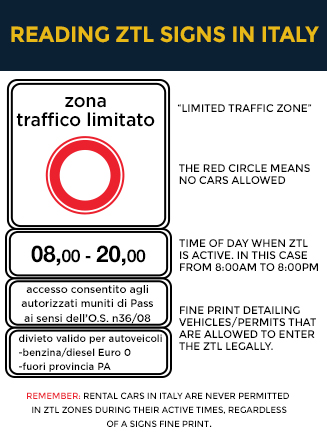
The time of day is only for some areas, most were 24hrs. DO NOT drive into these areas. Cameras are usually above the sign and will snap you as soon as you go past.
Most towns and cities will have easily accessible car parks, which will be within walking distance of where you want to visit. There is also public transport nearby as in the case with Florence. Here, you can park at the Parcheggio Villa Constanza on the outskirts and catch the shuttle train.
Attached is an example for Milan ZTL
Right of Way
The ‘Right of Way’ sign is a yellow diamond (a square on one corner, really) with a white border. What these signs are communicating may be a little confusing, so bear with me.
Let’s say you’re driving along something other than a big highway and you see a Right of Way sign. That means any cars turning onto your street from any intersecting side streets would have to give way to you. You have the right of way, and they have to wait their turn.
When you later see that same ‘Right of Way’ sign with a black slash through the middle, that now means you’ll have to do the waiting, because cars coming in from the side streets now have the right of way.
No Passing
Speaks for itself really.
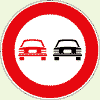
Names of Destinations
Ensure you know the Italian name for your destination

In Italian, Florence is actually Firenze, easy to miss on this sign.
Speed
In Italy and Switzerland, the speed limits are usually posted on the roadside. In Italy and France, they change constantly.
You do need to be vigilant… France has speed signs as well, but in the rural areas, you need to watch for town signs. When you see a town sign you needed to slow to 50kph unless there was a lower speed sign. When you leave the town limits, there is a sign with a red diagonal line which means you are back to the open speed.
Breaking the speed limit is captured electronically so you really need to watch that speedo and your GPS to make sure you are within the legal limits. We probably won’t find out if we have a ticket until a few months later.
It is also a good idea not to follow locals too closely at their speed. They will suddenly slow down as they know the locations of the cameras. It is best to keep to the posted speed or just below.
Italians drive fast, follow closely and don’t indicate. Be aware of your surroundings especially your mirrors when turning or passing. Truck drivers veer across lanes so always be careful when passing. We have seen them halfway across a lane before they realise.
Don’t sit in the fast lane unless passing as no matter how fast you think you are going, there is always an Italian sitting on your bumper, itching to get past.
They drive on the right side of the road in Europe so regardless of how good a driver you are, some intersections or roundabouts can put you in the wrong lane. In France, they have arrows pointing to the right on the road, especially in tourist areas. A good tip is when we pulled out onto the road Linda would say ‘keep right’ just to remind me.
Keeping Safe
We read online about theft and being vigilant at all times. It appears with the open borders a few undesirables come into the country. The main tourist areas are targets for not only pickpockets but also theft from cars.
Rental and Lease cars are usually identified by window stickers or number plates so are prime targets. There was even an article where tyres are punctured so that your bags are stolen as you remove them to get to the spare wheel.
Some tips and tricks on Safety.
Keep Everything Hidden
Sounds like common sense but something that we needed to keep remembering. We managed to store all our bags in the boot (trunk) – out of sight. It only takes seconds to break a window and take the items.
This also includes refuelling the car at service stations as the car is usually unlocked while you are filling. As we had small bags we needed to keep on the back seat while travelling, we put the seat belt through them. We always took them with us when away from the car.
Do Not Open the Trunk (Boot)
Try to avoid opening the trunk or hatch to grab something out of your bag. Someone could be watching and you’ve just advertised that you are travelling with luggage. Make sure you have everything you need within easy grasp for the rest of your journey. Otherwise, stop in a less busy area, prior to your destination and grab what you need before entering your parking spot.
Be Wary of Strangers
Don’t be distracted by friendly helpers when refuelling or asking for directions. They can be acting as a decoy, distracting your attention away from your car or bags.
Busy Service Centres
One of the main targeted areas are the Autostrada rest stops. These are quite large service centres with fuel stations, restaurants, rest areas etc. We made a quick stop at one and there had been an incident where a family had their car broken into while inside. From what we could work out their phones had been stolen.
Minimal Help
From the information we’ve read, the police are reluctant to help and will basically give you some paperwork for your insurance company. The main reason could be that most of the people doing the stealing are illegals so the chances of catching and convicting them are very low. One area we were warned about was Pisa, even from local Italians.
Be Vigilant but Not Paranoid
One measure we took was we used our extendable cable locks on our main bags and packs so they were linked together and threaded through a tie point on the car. This would stop any opportunity for them to be snatched from the car.
The points above are not to put the fear into people but just to be aware, not just in Europe but everywhere. For us personally, as I write this we have had no issues.
We refill at the mainstream fuel stations and we have found the attendants helpful. Linda usually stays in the car with locked doors. We keep an eye on anyone that appears to be loitering in public car parks and outside supermarkets etc.
We ensure we have our licences, car registration/ownership papers with us at all times and not left in the car.
Helpful Hints
Fuel
Fuel is expensive. Diesel can be anywhere from 1.35€ to 1.60€ per litre. That’s approx $2.38NZD to $2.81NZD. Then I remembered in NZ prices are going up as well and while writing this, Diesel in Pukekohe was $1.60 and we also have road tax to add as well which will be .068 per km.
Roads
At least in NZ money is going on roads (I know this will be debated). In Italy outside of the Autostrada that you pay tolls for, the country roads and this includes highways are diabolical. If your GPS tells you its 45minutes to travel 15km there is a reason and it’s not traffic.
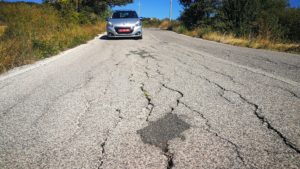
A small car can be a bonus when driving through some towns.
Hire Options
If over 14 days check out leasing compared to rental. We are paying 26€/$45NZ per day with full insurance (incl tyres, glass, wrong fuel and breakdown). You get a brand new car that does not need to be full of fuel on the return, just has to be clean. The biggest bonus was that you deal with the staff in your own country so there are no language barrier problems.
Route Options
If you are not in a rush, on google maps or car GPS set to avoid tolls and motorways, as you get to go through some amazing towns and countrysides.
Distance
When we went from Chamonix (France) to San Marino (Italy) it was a total of 580km. Well, 90% was Autostrada and it was boring. I would get excited when an offramp was coming up but it was usually onto another Autostrada.
Extra tips that worked for us.
We purchased a phone holder which slots into the air vent of the dashboard. We could have google maps as a backup (purchased a local sim). A good way to ensure our GPS was accurate and also showed traffic hold up points.
Another good site is Michelin Maps
Parking
When booking accommodation ensure they have parking available. This saves on parking fees and at times carrying your bags a considerable distance. Also, check the accommodation is close to the sights you want to see, and if they are located inside a ZTL what is their policy. If they don’t notify the police with your registration then you have no come back on the fine.
Final Note
Research, research, research what you want to see. Check out Trip Advisor or google map reviews. With a car exploring was easy and fun and we even decided to miss out a few places that we knew were full of tourists and found somewhere else. This was the main benefit of a car and was enjoyable.
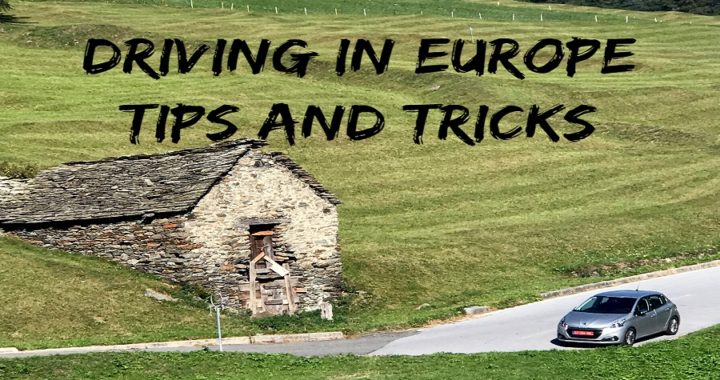
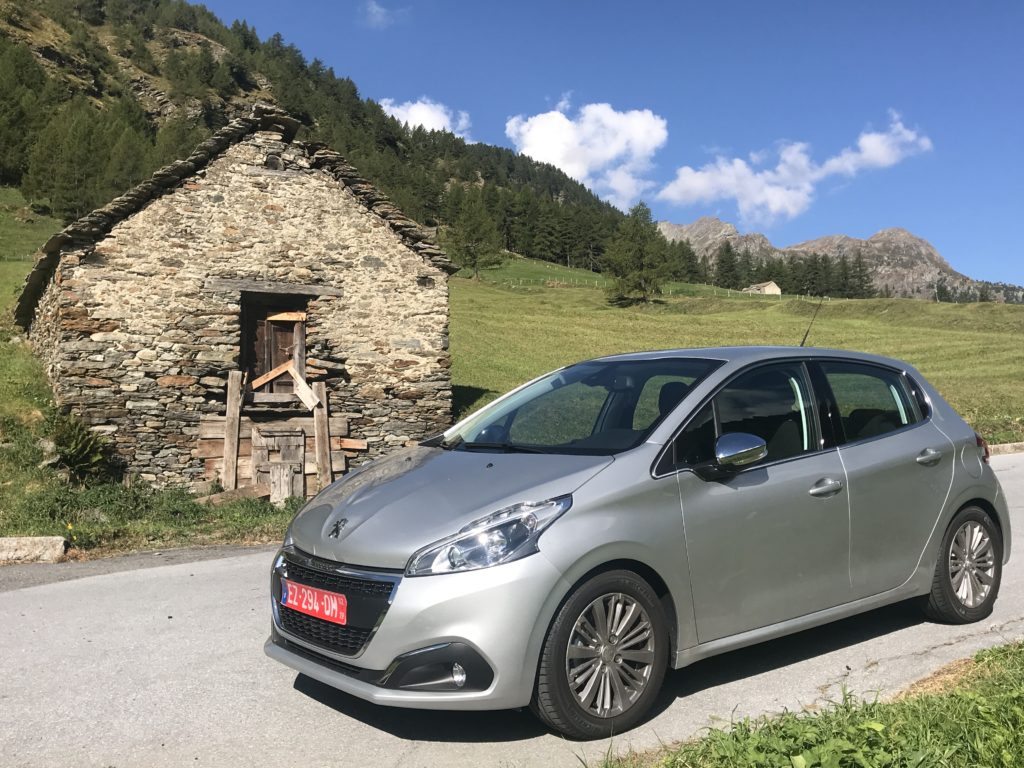


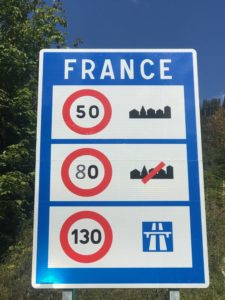
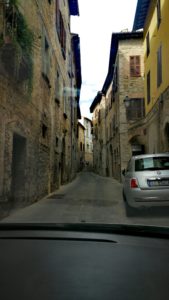
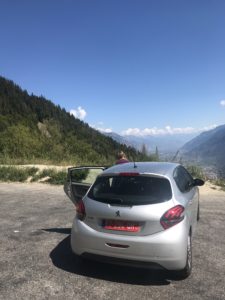
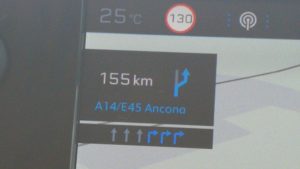
After 3 years of hiring cars in Europe we found the leasing was no cheaper than renting. We have gone mainly with Europcar, have had no problems with the cars or service. Good points on Italy to keep in mind once we hit Italy in December!! We have driven in Turkey so Italy won’t be so bad 🙂 Though having said that most main roads there were brilliant as in France. Countryside roads are another story!
Thanks Suz, we found renting to be more expensive with the type of insurance cover we wanted and it was such an added bonus dealing with NZ…..first timers and all it was a bit more of a comfort buffer for us.
Absolutely brilliant Scotty 🖒 Thank you. You might need to keep a close eye on your keyboard now Linda 😉
He’s not let loose completely…..still has to be passed through quality control…lol.😜😜
Those yellow “diamonds” were a real trick. I ended up googling it while on the road and it took a while for the meaning to actually sink in. All good tips here Scotty, and we will definitely look into leasing next time (hopefully next year).
Thanks Sue, yup, those yellow diamonds are a tricky one for sure.